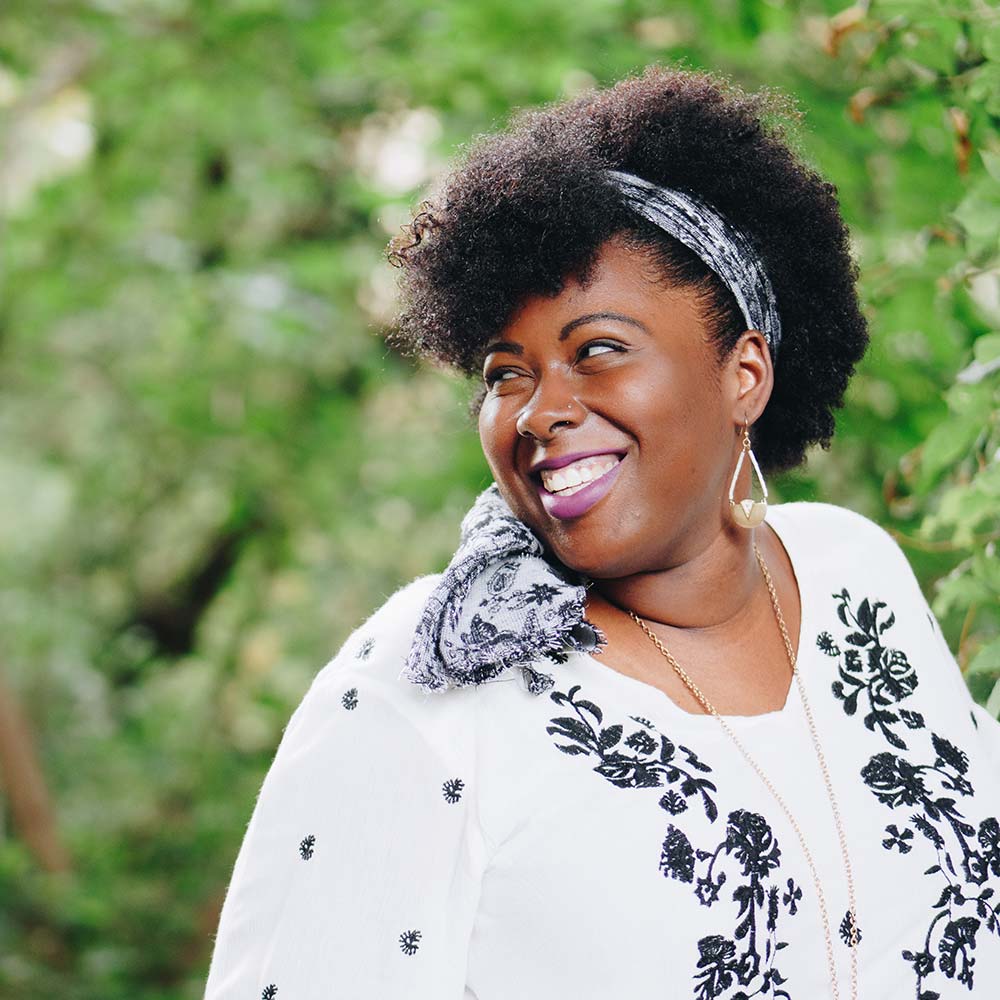Looking Back on Six Months of Supporting Equitable Workplace Vaccine Policies through Vaccines at Work

After six months of work, Made to Save is preparing to wind down operations at the end of May and transition the Vaccines at Work program over to our partner, the Health Action Alliance. We wanted to take a moment to look back at all that we have accomplished together.
How we started: In the summer of 2021, as vaccine uptake slowed, it became clear that employers would play a critical role in continuing to help communities get vaccinated. Polling from the Kaiser Family Foundation in June 2021 found that employers could significantly increase vaccination rates by encouraging employees to get vaccinated and removing barriers to accessing vaccines. . That same survey found that a larger percentage (72%) of Americans trusted their employer to provide reliable information about the COVID-19 vaccines, as compared with the CDC (71%), the FDA (69%), and their local public health department (69%).

Seeing an opportunity to reach unvaccinated people by engaging directly with their employers, Made to Save launched the Vaccines at Work program in October 2021, in partnership with the Health Action Alliance. The goal of this initiative was to help employers talk about vaccinations and create equitable vaccine policies to limit the spread of COVID-19 in the workplace and save lives
What we did: Over a six-month period, we hosted 15 Vaccines at Work events, allowing us to train and provide resources to more than 800 employers, reaching hundreds of thousands employees nationwide. The Vaccines at Work website served as a one-stop-shop for policy templates, toolkits, and guides with best practices for employers, including one-on-one coaching and connections to medical professionals or attorneys who could provide company-specific guidance.

Here are just a few of the key highlights from our partners and participating organizations:
In Clinton, Mississippi, preschool owner Lesia Daniel discussed the confusing landscape she confronted with mis-and-disinformation flooding her news channels. She said, “There was so much false information floating around regarding the vaccine.” Vaccines at Work’s resource hub, she explained, “solved many issues” by providing “accurate information.” With Lesia’s encouragement and support, the vaccination rate among her employees went from 10% to nearly 100%. You can read more about Lesia’s story here.

The program director of Staten Island Community Organizations Active in Disaster (SI COAD), Frank Blancero, said: “Made to Save’s tools, resources, and content have been great compliments to the toolkits and messaging SI COAD has put out throughout the pandemic. This partnership with Vaccines at Work has allowed SI COAD to seamlessly communicate effective messaging that aligns with our #SIStayStrongStaySafe public messaging campaign.”
Sharmila Rao Thakkar, Executive Director of the Staten Island Not For Profit Association (SINFPA), described the value Vaccines at Work provided for her in a limited resource environment: “I find that nonprofits across the country are really limited in staff and resources. so to just be able to look to [Vaccines at Work] and say, “These things are here for me,” was incredible.”
Fiorella Horna, the COVID-19 Latino Outreach Project Leader/Grants Officer at El Centro Hispano,, discussed the challenges posed by the pandemic and how Vaccines at Work helped alleviate some of them. For instance, she explained that “The tools from Vaccines at Work were very helpful, because they made our CEO go back and think, ‘What have I missed? What else could I do?’ This is a goldmine for our staff. The Vaccines at Work guide helped our CEO solidify her stances, and it served to reinforce that what she’s doing is best for our workers.”
Fiorella added, “Having a group like Vaccines at Work to be able to design these tools and do the thinking for us is very important, because we’re in the midst of the fire…It’s helpful to have groups like yours helping respond to what we are seeing. You’re listening to us, you’re hearing this is what works, what doesn’t work. You’re responding. This is what we need.”
Martha Zapata, the Executive Director of Uma Tulsa, said Vaccines at Work helped her organization conduct outreach to Latino-owned small businesses in Tulsa, Oklahoma. Uma Tulsa encouraged business owners and their employees to get vaccinated by using the Vaccines at Work model and working with their local government. Uma Tulsa also shared how their reach went beyond individual employees: “Latinos tend to do everything, as a family… Something I noticed that warmed my heart is to see entire family groups being vaccinated. So that means that the employee [who we reached through their business] who came to be vaccinated was often not alone.”
Moving forward: With COVID-19 transmission levels on the rise again and many employees transitioning back to in-person work, it is important that employers closely monitor local conditions and continue to prioritize vaccination in order to provide the safest possible work environment. The Health Action Alliance has a guide to prepare employers for this “new normal” with COVID-19, which makes it the perfect new home for Vaccines at Work resources going forward. To access Vaccines at Work resources and the full suite of Health Action Alliance’s tools for employers , visit healthaction.org.
